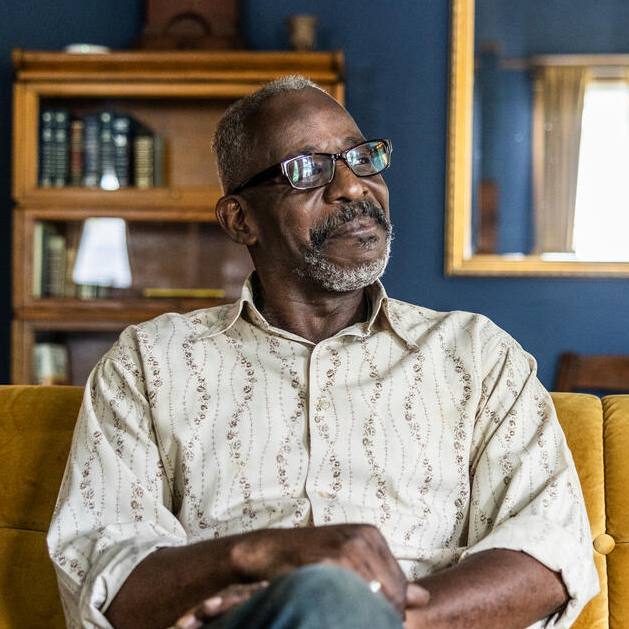
Cindy Leonard, a longtime Mayo Clinic nurse and nurse educator, was diagnosed with young-onset Alzheimer's disease in 2018. It's an uncommon form of dementia that affects those under 65.
Health care providers often don't look for the disease in younger patients, so they often are misdiagnosed and don't receive support, explains Dr. Jonathan Graff-Radford, a Mayo Clinic neurologist.
A diagnosis of Alzheimer's disease can feel crushing for those affected and their families. Cindy's husband, Charlie Leonard, says they are living their life the best that they can, and it's OK to talk about Alzheimer's disease.
Watch: Living with Alzheimer's disease.
Journalists: Broadcast-quality video pkg (3:27) is in the downloads at the end of this post. Please "Courtesy: Jonathan Graff-Radford, M.D./Neurology/Mayo Clinic." Read the script.
"Young-onset Alzheimer's disease is when Alzheimer's disease starts before age 65. Typical Alzheimer's disease is when it starts after age 65," says Dr. Graff-Radford.
Charlie says the disease would interfere with some little parts of his wife's job, particularly toward the end of the day.
"There was a fatigue factor, too," added Cindy. "My dad had memory issues. So I had it on my radar about Alzheimer's disease."
"Young-onset Alzheimer's disease is caused by the buildup of toxic proteins in the brain, which lead to the shrinkage of brain structures that are important for memory and other cognitive functions," says Dr. Graff-Radford.
Charlie says it was probably about three years ago that he and his wife saw Dr. Graff-Radford.

"It really impacts families significantly, and it's important for them to get a diagnosis," says Dr. Graff-Radford. "Most commonly, young-onset Alzheimer's disease presents with a memory problem that's progressive over time."
"At that time, the doctor asked Cindy to let her supervisor know about her situation," says Charlie.
"They upgraded our computers around that time, and, wow, that made things a little more difficult for me," says Cindy.
These could include problems with planning, organizing or performing tasks at work.
Charlie says Cindy's supervisor observed more difficulty, and then she suggested that Cindy see her neurologist again.
And about three to four months later, at another consult with Dr. Graff-Radford, he then used the term Alzheimer's disease in her diagnosis.
Cindy was able to continue to work in a job she loved in patient education for several years after her diagnosis.
"We can live with this," says Charlie. "It's not everything. It's just some particular things. The brain works really interestingly. And Cindy still continues to do some things really well."
"Mrs. Leonard is living with her husband, who is an outstanding care partner, and she remains very active in many ways," says Dr. Graff-Radford. "Before the pandemic started, she was exercising regularly at the gym because she knows that exercise is associated with slowing down cognitive decline, and she really engaged socially with her friends. She's no longer working, but she's actively engaged in research here at Mayo Clinic, and she comes every six months for her visits and has contributed a lot to the research community."
Dr. Graff-Radford says there is hope for those living with dementia and their families.
"Every day, scientists understand more and more about when the disease starts, how it progresses and what treatments are on the horizon."
"We plan to live with this," says Charlie. "Ask us questions. Don't be afraid. Don't be afraid to be around us because we're going to keep living."
Related Articles







